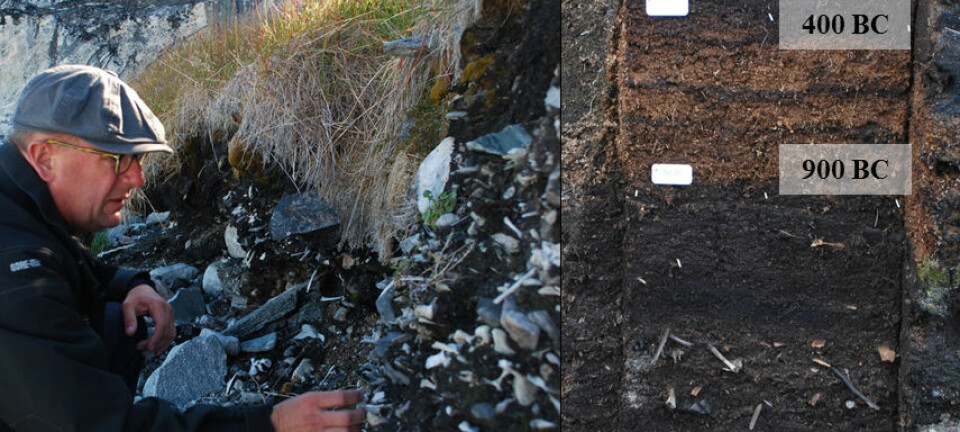Archaeologists unearth 2000-year-old Iron Age sacrifices
ScienceNordic was on the scene when archaeologists excavated a sacred bog from the Iron Age.
When Finn Jørgensen, a farmer from North-western Denmark, was repairing the drainage system in his field, he had not expected to discover a 2,000-year-old human skull.
Jørgensen immediately called the local archaeologists at Vendsyssel Historical Museum. They found four additional skulls, which they believe were sacrificed at some point during the early Iron Age.
The archaeologists wanted to know what else the bog had preserved and what the local Iron Age people had used the site for--and in August 2015 they resumed the excavation.
"Last time we found lots of skulls and a small closed grave, but we wanted to know why it was dug right there, and what was going on in this bog. We simply had more questions than answers," says Sidsel Wåhlin, excavation leader and curator at the Vendsyssel Historical Museum.
Religion and everyday life were closely linked
The archaeologists knew that the bog was an important religious Iron Age site due to the many sacrifices they had found. But the recent excavations led them to discover that the locals had used the bog as a source of peat for fuel.
This suggests that the site was an essential part of local every day life.
"A few skulls are fine, but if we want to write about what great history we have here then we must have the bigger picture," says Wåhlin.
--------------------
Read the Danish version of this article on Videnskab.dk
Translated by: Catherine Jex








